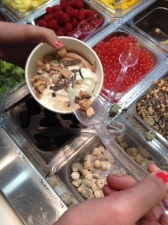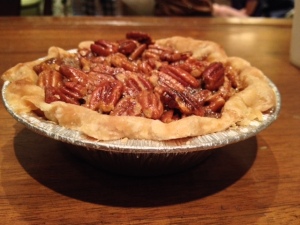I can count the number of weddings I have attended on one hand. Maybe two, including ceremonies I was young enough to witness in diapers.
But countless hours of “Cake Boss” and “Ace of Cakes” taught me the importance of buttercream frosting, fondant roses and intricate piping. Everyone pays attention to the wedding cake.
So following my oldest cousin Amanda’s incense-filled nuptial mass, I knew to keep an eye out for a white, sugary tower.
The reception room pulsed with lights and body heat as Amanda and her ten bridesmaids surrounded the triple-tiered confection. Each grabbed a white satin ribbon that protruded from the cake.
With varying degrees of grace, the bridesmaids pulled, revealing silver charms. Licking off the extra icing, the women held up their prizes. Everyone cheered.
“What’s that?” a man who had acquainted himself with the open bar slurred.
“Cake pulls,” a fellow witness answered. “It’s a Southern thing. Very New Orleans.”
The Victorian-influenced tradition is simple: guests select ribbons connected to silver charms. Each charm symbolizes a different meaning, from luck and prosperity to romance and upcoming marriage. Sometimes brides let guests pick at random, others select specific messages for pullers.
Amanda chose the latter, which is how one bridesmaid knew the significance of pulling a fleur de lis.
“It’s because I just moved to New Orleans,” she said. “It stands for a new beginning.”
As the bridesmaids moved away, Amanda and her new husband took their inaugural bites, missing once and laughing continuously.
Two hundred guests later, the cake was gone.






